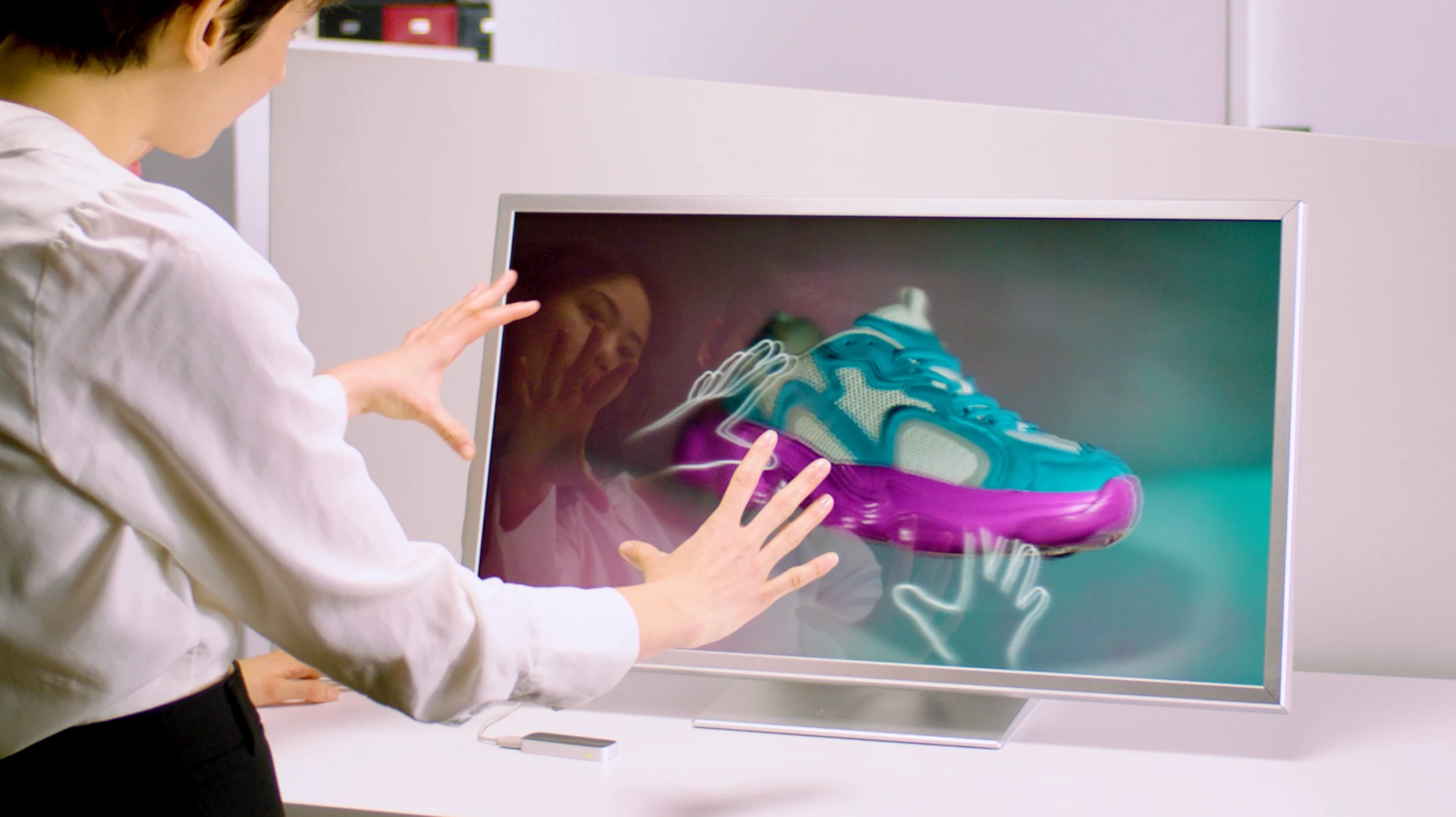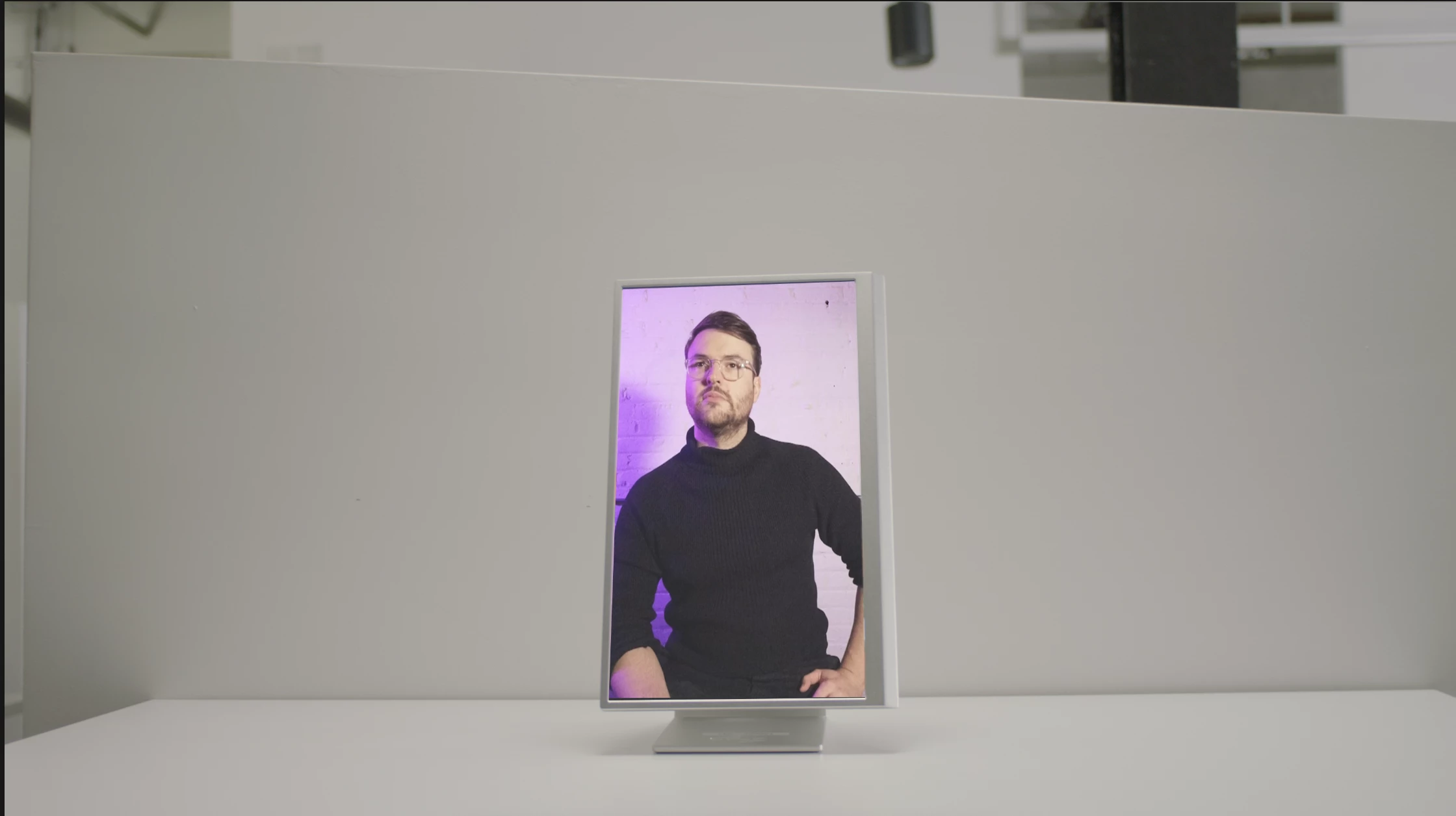The Looking Glass Factory has launched two new spatial displays for creative professionals "who demand cutting-edge visualization tools for developing, presenting, and interacting with 3D digital images, video and applications in real time."
Where the Brooklyn-based company's Go display launched last year brought headset-free 3D visuals to home users in a compact package, the new 16-inch and 32-inch spatial (holographic) displays are expected to see use in the workplaces of designers, engineers, educators, researchers, medical professionals and so on.
"We’ve seen so many industries and individuals benefit from our group-viewable spatial displays," said company CEO, Shawn Frayne. "Creatives pushing the boundaries of digital expression. Design studios creating the next generation of products. Museums bringing artifacts back to life. Marketers creating magical, immersive brand moments. Medical students learning hands-on with realistic anatomy. Researchers investigating cellular drug therapies. Everywhere, companies are creating a new generation of XR experiences using Looking Glass displays and the new 16-inch and 32-inch displays will only enhance their ability to do that."

The Looking Glass 16-inch Spatial OLED display is reported to boast a resolution of 3,840 x 2,160 pixels at 60 Hz over a viewing zone spanning up to 150 degrees. There's support for more than a billion colors across holographic imagery, videos and 3D applications. Group viewing of a single 3D scene is possible by broadcasting between 45 and 100 views simultaneously, and it can be used with sensors/peripherals for touchless gesture control.
The display ships with a HDMI cable for connecting to a source computer, and includes plugins for Unity, Unreal, Blender, WebXR and a 3D model importer along with a SDK for developers. It's compatible with a VESA mount for folks who prefer to keep their desks clear, and is available for pre-order as a landscape or portrait model for a starting price of US$4,000 – though the company is currently running a limited offer that shaves a thousand bucks off that ticket price.
The 32-inch flavor is a price/availability on asking kind of deal, and shares much with its smaller sibling but supports an input resolution of 7,680 x 4,320 pixels and is cabled to a source via DisplayPort connections. This model can also be optioned with an Intel NUC9I7QNB computer with 16 GB of RAM, 250 GB of SSD storage and a Nvidia RTX 3090 Turbo GPU.
The short promo video below has more.







